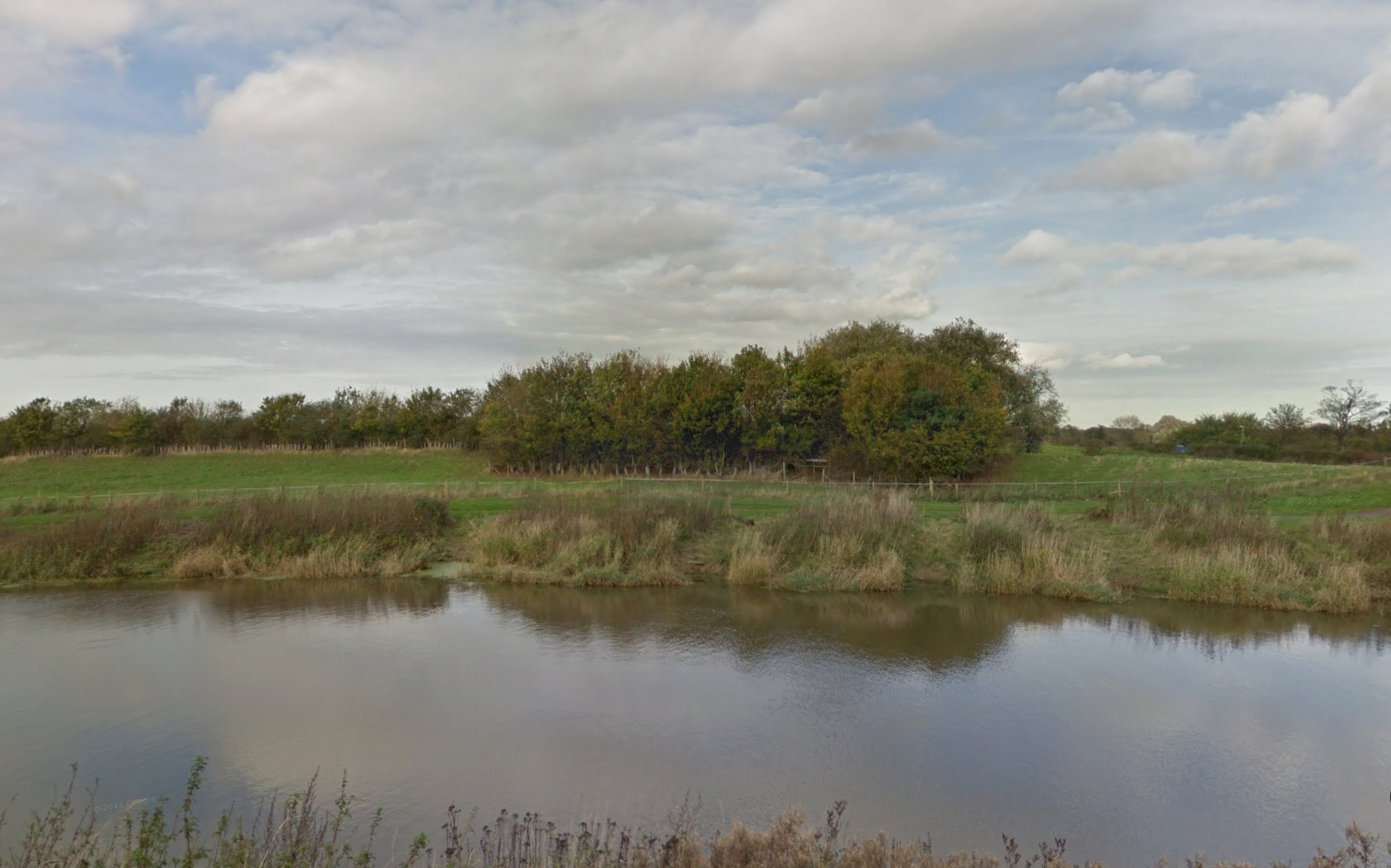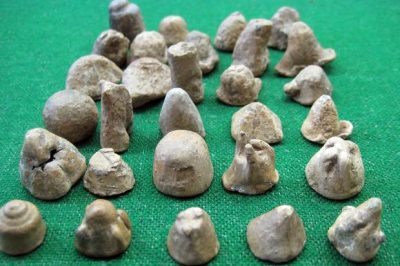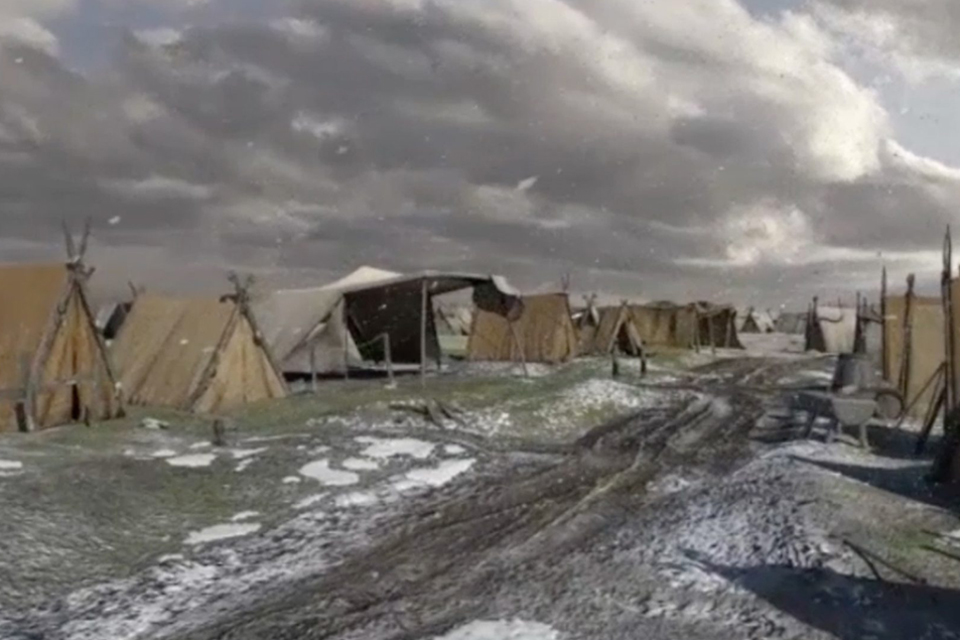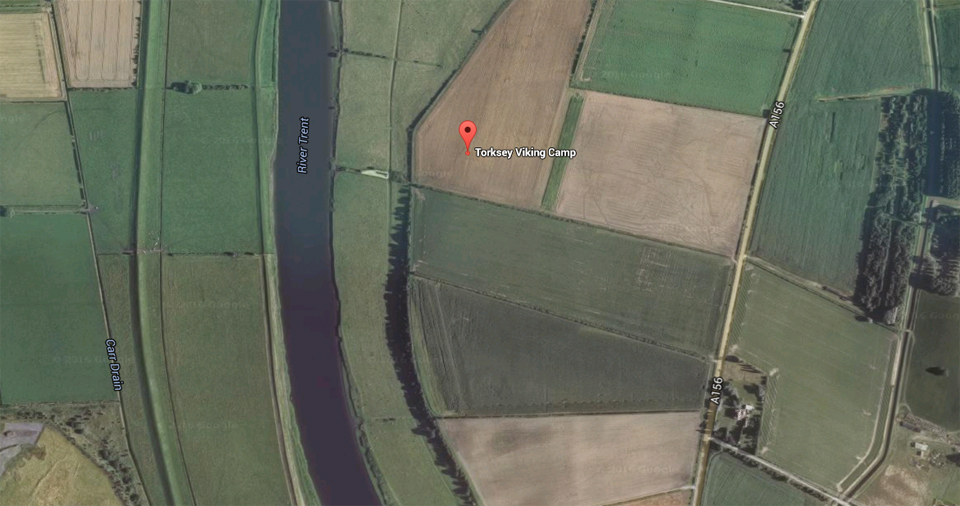In 2013 the archaeological discovery of the Viking Winter Camp of the “mycel heathen here” in Torksey was reported. Now comes the scientific publication in The Antiquaries Journal.
The Winter Camp of the Great Viking Army, AD 872 – 3, Torksey, Lincolnshire
By Dawn M Hadley and Julian D Richards
The Antiquaries Journal (2016) Volume 96, pp. 23-67
ABSTRACT:

This paper presents a multidisciplinary project which has revealed the location, extent and character of the winter camp of the Viking Great Army at Torksey, Lincolnshire, AD 872–3.
The Great Army landed in East Anglia in AD 865 and soon became a constant threat as it overwintered in order to engage in a full-scale invasion in the coming years. The next ten years witnessed the transformation of the invasion forces into settlers. It is not odd, that archaeologists and historians have focused on the size, the politics and the practicalities behind this series of events.
One particular type of evidence may be gathered from the excavations of the wintering camps, one of which was according to the Anglo Saxon Chronicle located at Torksey.
The excavation was prompted by the discovery through metal-detecting of several thousand pieces of early medieval metalwork and coins during the last twenty years from an area reaching north of the modern village. At some point, the place was linked with a camp for over-wintering and the size of the place was estimated to be c. 26 ha. By employing a number of different methods – geophysical surveys, field-walking, environmental analysis and small-scale excavations, the archaeologists are now convinced that the are of the winter camp covered app. 56 ha.
The archaeologists discovered “that the camp lay within a naturally defended area of higher ground, partially surrounded by marshes, and bordered by the River Trent on its western side”. They also found that it was considerably larger than the Viking camp of 873–4 previously excavated at Repton, Derbyshire”, and that it lacked the earthwork defences identified there. In the article, they characterise the place as a virtual island.

One of the significant characteristics was the richness of the metalwork assemblage found. In fact, the authors describe it as one of the richest known from the British Isles. Unfortunately detectors have been drawn to the site for more than twenty years and the majority of the finds are in private collections or have been sold on eBay. However, a database of the finds covers 1572 pieces, including the 22%, which have been found in recent excavations. Unfortunately the geo-locating of many of these finds have not been possible.
The majority of finds are early medieval, made of copper alloy, lead and silver with a small percentage of iron and gold. The lack of iron artefacts probably witness to the lack of interest among detectors for finds of this material. In itself the assemblage witness to the scale and character of the looting, which the Vikings carried out.
The 350 coins found at the site makes it possible to date the site precisely and confirms that this was indeed a winter camp from AD 872 – 3. A number of these coins have been cut into smaller fractions as have other silver jewellery indicating that the economy was based on hack-silver rather than coins. A bullion economy requires weights and over 350 of these have also been found. However, tentative evidence indicates that the Vikings also dappled in minting imitative coins at this early stage (something which it is know the Vikings were busy with after they settled down.) The lack of fragmentation of Anglo-Saxon coins indicates that a coin-based economy was also practised.
The metalwork further witness to the presence of metal-workers and merchants busy reworking and trading the loot. When not engaged in trade – and perhaps ransoming their captives – with the locals, 289 lead gaming pieces indicates that the army had bountiful of leisure time to fill up while waiting for spring.
The project has shown that perhaps 2 – 3000 individuals over-wintered in the camp, including men, women and children, warriors, craft-workers and merchants. “There is no evidence for a pre-existing Anglo-Saxon trading site, and the site appears to have been chosen for its strategic location, and its access to resources. In the wake of the overwintering, Torksey developed as an important Anglo-Saxon borough with a major wheel-thrown pottery industry and multiple churches and cemeteries”, writes the archaeologists.
Indeed, their research provides a radical reappraisal of the impact of the Viking Great Army and its legacy for Anglo-Saxon England. Further studies aims to shed light on the nature of camp life, temporary living structures, industrial hearts, and faunal assemblages. This is obvious only the first scientific reports in a series to come.
The article – which is published as Open Source – provides a very fine introduction to the character of the Viking enterprise in the 9th Century, the level and character of the organisation of the army and the history of these deciding years in Anglo-Saxon history. It is generously illustrated and leaves a fine impression of the quality and character of the material culture, which the army sought to amass through plunder and trade.
READ MORE:
Viking Torksey inside the Great Army’s Winter Camp. In Current Archaeology (2013) no. 2811
FOLLOW UP
READ MORE:
Understanding Torksey, Lincolnshire: A geoarchaeological and landscape approach to a Viking overwintering camp
By Samantha Stein
PhD Dissertation, University of Sheffield (2014)

